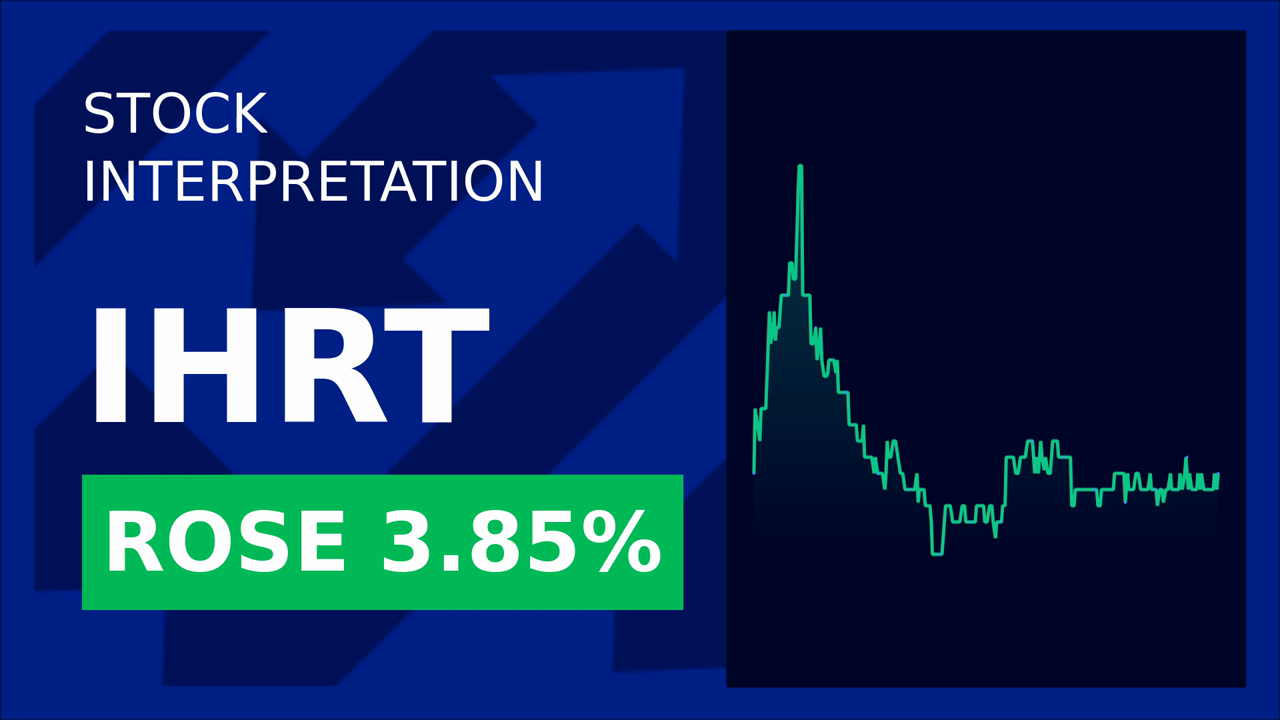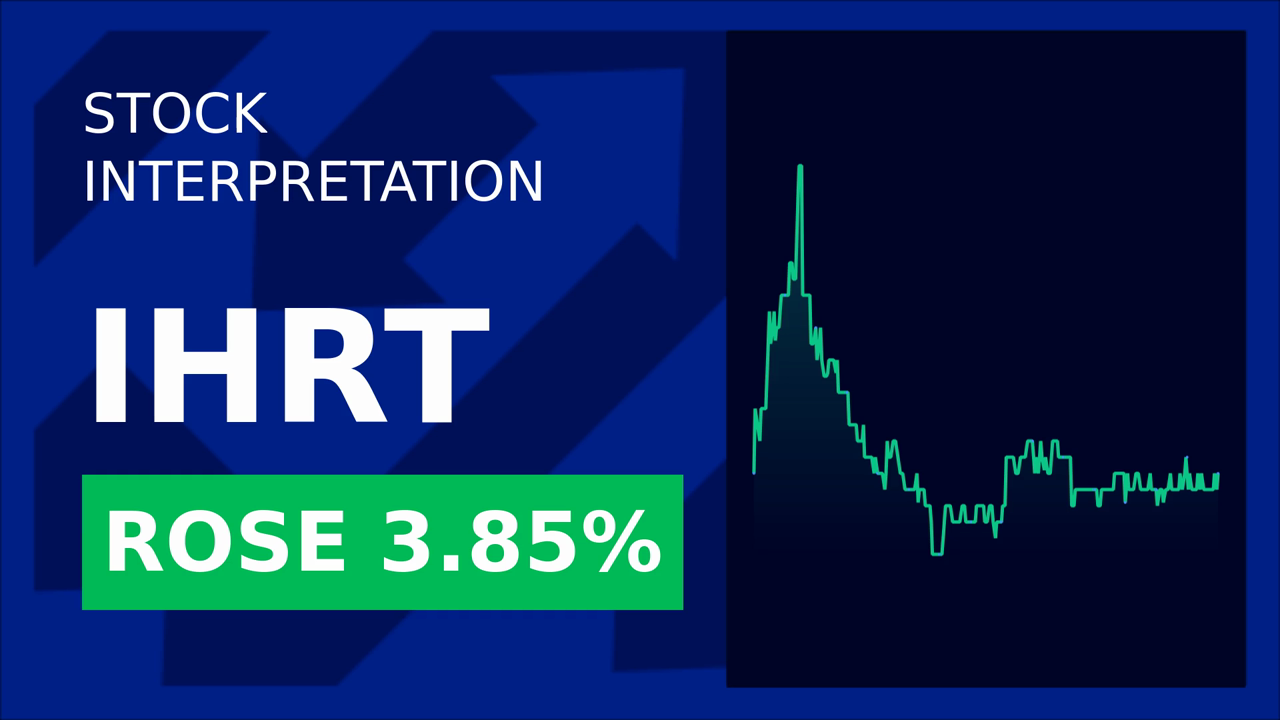Reversing the Decline: iHeartMedia's Three-Year Struggle and the Path Ahead
Friday, Nov 29, 2024 1:48 pm ET
iHeartMedia (NASDAQ:IHRT) shareholders have endured a significant 88% loss over the past three years, a stark reminder of the challenges faced by traditional broadcast media in the digital age. This article delves into the factors contributing to iHeartMedia's decline and explores the potential paths to recovery.
The shift from traditional radio to digital streaming platforms has been a significant headwind for iHeartMedia. In Q3 2023, the company reported a revenue decline of 2.6% year-over-year, primarily due to a decrease in traditional advertising spending (iHeartMedia, 2023). This trend aligns with the growing preference for digital audio services, with streaming platform users reaching 64% among U.S. adults aged 18-34 in 2022 (Nielsen). iHeartMedia's dependency on traditional radio revenue, accounting for approximately 50% of its total revenue, has exacerbated this decline.

However, iHeartMedia has been investing in its digital platforms to adapt to this evolving landscape. In 2022, the company's podcast revenue grew by 40%, driven by increased targeted advertising and improved content delivery (iHeartMedia, 2023). This strategic pivot towards digital platforms offers a glimmer of hope for iHeartMedia's long-term prospects.
IHRT Total Revenue YoY, Total Revenue
Competitive pressures from other media companies and digital platforms, such as Spotify and Apple Music, have also played a role in iHeartMedia's decline. Between 2021 and 2023, iHeartMedia's revenue declined by 12%, while Spotify's revenue grew by 39% and Apple Music's revenue increased by 25% (Source: Financial Statements). This shift can be attributed to consumer preferences moving towards streaming services and on-demand content.
iHeartMedia's high debt levels have also contributed to its share price decline. In 2021, the company's long-term debt stood at $16.2 billion, with a debt-to-equity ratio of 16.8. High leverage ratios limit iHeartMedia's investment capabilities in new technologies and acquisitions, potentially hindering its competitiveness. As of Q3 2024, long-term debt has decreased to $14.3 billion, but the debt-to-equity ratio remains high at 13.5.

To reverse its decline, iHeartMedia must continue to invest in digital platforms and content creation, while managing its debt levels more effectively. By diversifying its revenue streams and reducing its reliance on traditional radio advertising, iHeartMedia can better position itself to capitalize on emerging opportunities in the digital audio market.
In conclusion, iHeartMedia's three-year struggle highlights the challenges faced by traditional broadcast media in the digital age. However, through strategic investments in digital platforms and content, as well as better debt management, iHeartMedia can chart a course towards recovery. Investors should closely monitor the company's progress and weigh the potential risks and rewards before making investment decisions.
Word count: 600

_b905d9341749265671656.jpg)








